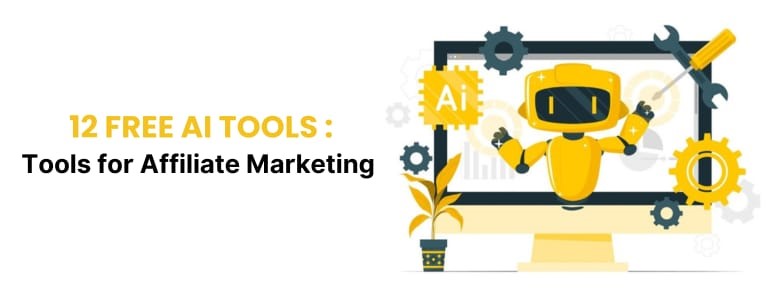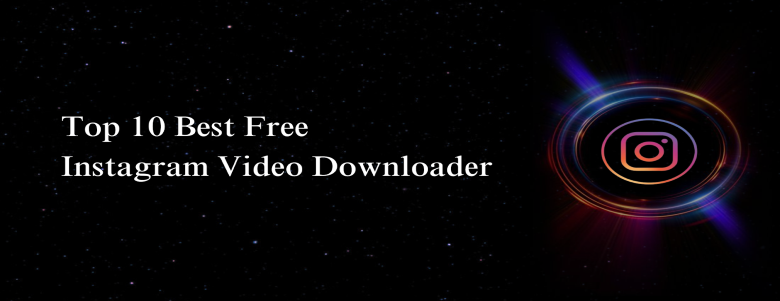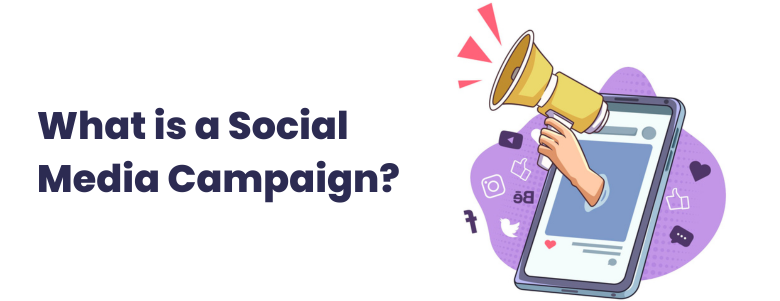Table of Contents – Top B2B Ecommerce Marketplaces 2025 Table of Contents 1. Introduction 2. What is a B2B Marketplace? 3. Top 12 B2B Ecommerce Marketplaces in the World 2025 4. 5 Reasons to Use a B2B Marketplace For Your Products 5. How to Choose the Right B2B Marketplace 6. Why eWorldTrade is the Right Marketplace for Everyone 7. Conclusion In 2025, the world of B2B eCommerce will continue to expand, driven by technology and the increasing demand for global trade. Choosing the right B2B marketplaces, along with effective digital marketing services, is key for businesses aiming to streamline their supply chains, enter new markets, and improve procurement processes. From emerging platforms to well-established giants, this article will dive into the top 12 B2B eCommerce marketplaces poised to dominate the global scene in 2025. What is a B2B marketplace? A B2B (Business-to-Business) marketplace is an online platform where businesses engage in buying and selling products or services with other businesses. Unlike traditional consumer marketplaces, B2B platforms focus on bulk transactions, supply chain management, and procurement processes between manufacturers, wholesalers, suppliers, and buyers. These marketplaces facilitate efficient trade by offering a wide range of product categories, secure payment methods, and global reach, helping businesses find the right partners and streamline their operations. Examples include platforms like eWorldTrade, Alibaba, and Amazon Business. Here’s why these b2b marketplaces matter and how they can support your business growth. 1. eWorldTrade: A Global Leader in 2025 eWorldTrade stands at the top of our list for 2025 as a rapidly growing B2B marketplace with a strong focus on customer experience and global reach. The platform is known for its user-friendly interface and commitment to connecting businesses of all sizes, from small enterprises to large corporations. Key Features: ● Extensive Product Categories: eWorldTrade offers a broad range of products, including agriculture, electronics, manufacturing goods, and much more, making it versatile for various industries. ● Advanced Technology: The platform leverages cutting-edge technology to ensure secure and efficient transactions, providing businesses with a reliable environment to conduct trade. ● Global Reach: With a strong focus on global market expansion, eWorldTrade is committed to supporting businesses in entering new markets seamlessly. Why It’s Leading the Market: Unlike some of its competitors, eWorldTrade strikes a balance between ease of use and functionality, making it ideal for businesses looking for a simplified yet powerful platform. In 2025, its customer-centric approach and innovative solutions will continue to position it as the number one choice for B2B eCommerce. 2. Alibaba: The Pioneer of B2B Ecommerce Alibaba has long been a dominant player in the B2B eCommerce space, particularly in Asia. Founded in 1999, it revolutionized online B2B transactions by connecting millions of suppliers with buyers from around the globe. Key Features: ● Massive Supplier Network: With millions of suppliers and products across diverse industries, Alibaba offers one of the largest product selections in the world .● Logistics Powerhouse: Backed by its extensive logistics network, Alibaba ensures fast, reliable shipping and delivery, crucial for international buyers. Potential Challenges: While Alibaba excels in scale, some smaller businesses may find it difficult to navigate due to the overwhelming volume of suppliers and products. The need to carefully vet suppliers can also be time-consuming. 3. Amazon Business: The Procurement Powerhouse Amazon Business is rapidly expanding its influence in the B2B space by leveraging Amazon’s global infrastructure and focus on simplifying procurement processes for businesses. Key Features: ● Seamless Integration: Amazon Business integrates with existing Amazon services, providing businesses with familiar and efficient processes for purchasing goods. ● Personalized Purchasing: Enterprises can customize their buying experience, including setting up purchasing rules, approval workflows, and detailed reporting. Why It’s a Contender: Amazon’s brand trust, combined with its unparalleled logistics, positions Amazon Business as a top marketplace for enterprises looking for a streamlined, no-fuss procurement platform. 4. ThomasNet: The Industrial Marketplace ThomasNet is a specialized platform catering to North American manufacturers and suppliers, especially those in the industrial and manufacturing sectors. Key Features: ● Industry Focus: ThomasNet is highly trusted by engineers, procurement professionals, and manufacturers, with a clear focus on industrial goods. ● Detailed Supplier Information: Businesses can access in-depth information about suppliers, including certifications, product offerings, and customer reviews. Why It’s Important: For businesses in manufacturing and industrial sectors, ThomasNet is an indispensable resource for finding reliable suppliers and staying updated on industry trends. 5. Global Sources: A Gateway to Asian Markets Global Sources has been a leading B2B website for over four decades, specializing in connecting global buyers with suppliers in Asia. Key Features: ● Tech and Electronics Focus: Global Sources is particularly strong in consumer electronics and technology products, making it a go-to for businesses in these industries. ● Trade Shows and Expos: The platform is known for hosting large-scale trade shows, where buyers and suppliers can connect in person and explore new opportunities. Why It Stands Out: Its strong presence in Asia and focus on technology products give Global Sources a competitive edge, especially for businesses looking to source from the region. 6. IndiaMART: India’s Leading B2B Platform IndiaMART is the dominant player in India’s B2B eCommerce space, serving millions of buyers and suppliers, particularly in the SME sector. Key Features: ● Extensive Product Catalog: IndiaMART boasts a wide range of product categories, including textiles, machinery, and electronics, catering to India’s diverse business landscape. ● SME-Focused: The platform is particularly useful for small and medium enterprises looking to connect with Indian manufacturers and suppliers. Why It’s Dominant in India: IndiaMART’s localized approach and focus on SMEs make it the go-to platform for businesses looking to engage with Indian suppliers and manufacturers. 7. Made-in-China: China’s Export Powerhouse Made-in-China is a well-established platform connecting Chinese manufacturers with international buyers. Key Features: ● Wide Range of Products: From consumer goods





